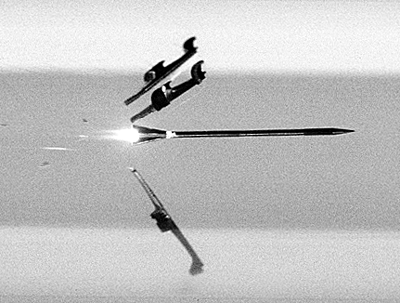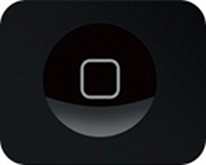With the emergence of the Apple App Store an entire new market for mobile gaming opened up. Now with the multitude of Android phones and tablets in addition to Apple products, the opportunities are endless. Even though you can get everything from intense shooters like Call of Duty to simple arcade games like Tetris, there are still games that are just not playable on these devices because of the lack of pure muscle and input options. This next device I am going to talk about has no shortage of either...actually it has the most input options and is by far the most powerful of any mobile gaming system available.
I am talking about Sony’s newest version of the PSP and it’s been dubbed the NGP (next generation portable). Sony says that the NGP is based around 5 concepts: Revolutionary User Interface, Social Connectivity, Location-based Entertainment, Converging Real and Virtual (augmented) Reality. They have also decided to change from their iconic XMB user interface to what they call LiveArea and Sony has decided to ditch the UMD (thank god) to something different.
Now to the actual specs of the device…brace yourselves. The NGP has a quad-core CPU, a quad-core GPU, 5-inch touch screen OLED display with 960 x 544 resolution, dual analog sticks, 3G, WiFi, GPS, a rear-mounted touchpad, the same accelerometer / gyroscope motion sensing as in the PlayStation Move, an electronic compass, and cameras on both the front and back…….what!?!? It seems like Sony went to their warehouse of stuff, picked every single thing that even seemed remotely cool and stuck it on the NGP.

The first thing that hit me was that this thing has a quad-core CPU, which by itself is impressive seeing that even the top of the line tablets are only dual-core, but it also has a separate quad core GPU!! The only reason you would need that much power is if you were for some reason trying to play a full PS3 game directly on the NGP without any conversions…..oh wait, Sony has already demoed a NGP doing just that. At Sony’s live event, a NGP was shown playing a cut scene pulled directly from the PS3 game, Metal Gear Solid 4 and it played perfectly without a hitch. There were also many demos of very graphics intense games such as Killzone, Resistance, Little Big Planet and Uncharted all working without a hitch. Click
here to go to Engadget's page with videos of the NGP in action.
Next, what makes the NGP so unique is that not only does it have a giant 5 inch touch screen which has QUADRUPLED (!!!) the resolution of the previous the PSP, but the back of the NGP is a giant touch pad, kind of like the touchpad of a laptop. Since this has never been done before, no one really knows how useful the touchpad will be. Maybe it will just be a gimmick but it also could prove to be revolutionary. In Uncharted, by swiping your fingers between the touchpad and the touch screen on the front it intuitively allows you to climb vines.

Besides the two different touch inputs, there is the usual set of buttons that were on the PSP except that there are two joysticks this time. This time they are real joysticks and not a weird nub thing that always falls off. The NGP also features the same motion sensing package that is in the Playstation Move. As with the touchpad, I really don’t see the usefulness for this right now but hopefully some developer will be able to implement into his game well enough to where it will actually improve the experience.
As I mentioned before, the NGP will be getting rid of the XMB and will be replacing it with what is called the LiveArea. Engadget describes it by saying it is “a bunch of vertically navigable home screens and built-in social networking through PlayStation Network. You can jump between games and the LiveArea without losing your progress and comment on your buddies' great feats of mobile gaming.” The NGP has also gotten rid of the infamous UMD games and has switched to some sort of system where games will be downloadable, similar to the Playstation GO.
There are still many things that haven't been answered yet such as what the resolution of the two cameras will be, what the 3G will be used for and who will provide it and battery life. Personally, I think that even if the NGP lives up to its hype, it won’t become a hit because what Sony is trying to do is bring console gaming to the mobile device. I don’t think that is what consumers really want. If someone wants to play a console game then they will play it on their console but on their mobile device games like Angry Bird and Doodle Jump are more than adequate.




 9:09 PM
9:09 PM
 Silver
Silver



























